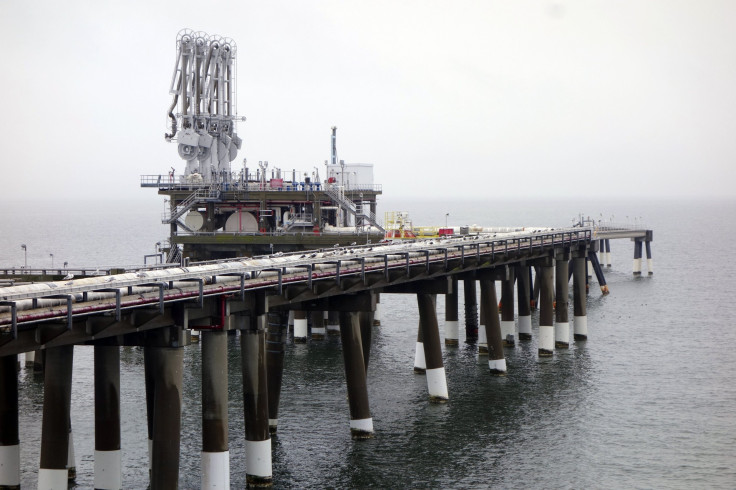Louisiana Gas Export Project Gets Final Federal Go-Ahead, Clearing Way For Shipments To Europe

A major gas export project in Louisiana received the final federal go-ahead on Thursday, clearing the way for American fossil-fuel producers to ship supplies to Europe.
The Federal Energy Regulatory Commission voted unanimously to let Sempra Energy’s liquefied natural gas (LNG) export terminal move forward, according to a statement.
The approval comes amid a recent push by U.S. energy officials and congressional lawmakers to ramp up U.S. oil and gas exports and make the nation an energy “superpower,” one whose fuel supplies can supplant those of more problematic nations like Russia, which annexed the Ukrainian region Crimea, or Iraq, a nation suddenly embroiled in a bloody civil war.
The Cameron plant in Hackberry, La., could cost up to $10 billion to build and likely won’t be fully operational until 2018. When complete, it will pipe in, liquefy and export as much as 15 million metric tons of natural gas per year.
“Today’s approval is another important step in delivering natural gas to America’s trading partners abroad,” Sempra Chairman and Chief Executive Officer Debra Reed said in a statement, Bloomberg News reported.
The Cameron facility is only the second LNG export terminal to win U.S. government approval. The other plant, also in Louisiana, is Cheniere Energy Inc.’s Sabine Pass plant, which is scheduled to begin exporting fuel in late 2015, according to the company.
Federal energy regulators today approved more than 75 conditions on the Cameron terminal to reduce potential environmental harm in western Louisiana. The commission in April concluded that the plant wouldn’t cause significant environmental damage, but did recommend steps for minimizing “some adverse environmental impact” in the state, Bloomberg reported.
The approval follows a recent announcement by Alaska’s Gov. Sean Parnell that the state will partner with Canadian pipeline builder TransCanada Corp. on an LNG export “mega-project.” If approved, that project would pipe gas over 800 miles from Alaska’s North Slope to the coastline of its south-central region, where the gas would be chilled into LNG and exported to the Pacific Rim.
© Copyright IBTimes 2024. All rights reserved.



















